Rehabs all over the world use art therapy for addiction recovery. And with so many benefits, it’s not hard to see why. In this blog, we look at seven of these benefits.
1. Helps Prevent Relapse
Art therapy has been proven to reduce rates of relapse. This is so important, given that relapse is a distinct possibility for anyone in addiction recovery, particularly those who are newly clean. In effect, art therapy replaces a negative coping mechanism (using drugs and alcohol) with a positive one.
Whereas in the past, someone with addiction problems might have gotten overwhelmed and turned to their substance of choice, after they learn how to make art, they can instead turn to art as a way of reducing these feelings of overwhelm.
2. Boosts Creativity
The pleasure of creativity is said to be one of the most profound pleasures that someone can experience. And once you begin creating art, your levels of creativity increase. You become more skilled at producing art, finding your unique voice. And you may find that after engaging in art therapy consistently, you become more creative in all walks of life.
3. Increases Dopamine
Drugs and alcohol raise dopamine in the brain, which is one of the reasons they are so addictive. When someone who is dependent stops using them, they go through a period of dopamine depletion, which can cause depression and anxiety. Most people with substance use disorder already have naturally lower levels of dopamine in their brains, which exacerbates the problem.
When someone creates art, it increases dopamine, which leads to a more positive mood and an increased resilience to the problems that life throws at us.
4. Provides a Flow State
The concept of a flow state was popularized by psychologists Mihaly Csikszentmihalyi and Jeanne Nakamura. It is a feeling where you are completely absorbed in life, when you are in sync with your existence and you feel like you could keep doing whatever it is you’re doing forever.
Engaging in art therapy is one of the pursuits that people find produces one of these flow states most consistently and is another of the reasons that people in recovery from addiction become so captivated by producing art.
5. Could Spark a New Career
Plenty of drug addicts have gone on to have illustrious art careers. Damian Hirst, one of the leading artists of the “Young British Artists” movement at the end of the last century spent much of the 90s taking cocaine and ecstasy, saying “I never really had a desire to do anything except get absolutely out of my mind. I love it, but it’s too painful on the body”. He is now the United Kingdom’s richest living artist.
Nan Goldin became famous for capturing images of underground scenes of New York in the 1980s while addicted to cocaine and heroin, before getting clean in 1988. Following a relapse, she went on to become a lead campaigner against the use of the addictive pharmaceutical drug Oxycontin.
And even Pablo Picasso drank and smoked opium in his early years, before quitting when a friend killed themselves following drug-induced psychosis.
People who suffer from addiction are said to be more sensitive than the average person. This is perhaps why so many artists battled addiction in their lives, and why it may be easier for you or your addicted loved one to turn to a career in art after getting clean from substances.
6. Unlocks Trauma
People with substance abuse problems regularly suffer from trauma. Trauma is one of the main reasons that alcohol and drug users become locked in a cycle of addiction. While talk therapy is the most commonly used method of addressing trauma, it is not the only way. It is also possible to deal with trauma by using art therapy.
By drawing, painting, sculpting, and using other forms of visual expression, trauma sufferers can release trapped emotions and gain insight into their experience. Art therapy can be particularly powerful when used alongside other, more traditional forms of trauma work.
7. Allows Self Expression
To be healthy, we need to express ourselves. People who have addiction problems often have issues doing this, as they have become switched off emotionally for so long through their substance use. Engaging in art therapy can provide an outlet that can turn their self-expression back on.
A great exercise to encourage self-expression is to simply focus on how you are feeling and get it out on paper or another art form. In this exercise, there are no right or wrong answers. You can use whichever techniques you want to express how you are feeling. Often this practice can help you connect with feelings that you didn’t even realize were there!
Explore Art Therapy for Addiction Recovery at Samarpan
At Samarpan Recovery, we believe that a holistic approach is the most effective way of treating drug addiction. While we believe that talk therapy is the cornerstone of any addiction treatment, we also provide opportunities for our clients to engage in yoga, mindfulness, group therapy, and art therapy.
We find that allowing clients to explore the dormant creative aspects of their psyche can produce enormous benefits for the healing process, shifting their state of mind to a more positive one, and quickening the speed at which they return to a productive and fulfilling life within our society.
If you would like to know more about how we use art therapy to the benefit of our clients, or anything else about the Samarpan Recovery approach to addiction treatment, please feel free to contact us.



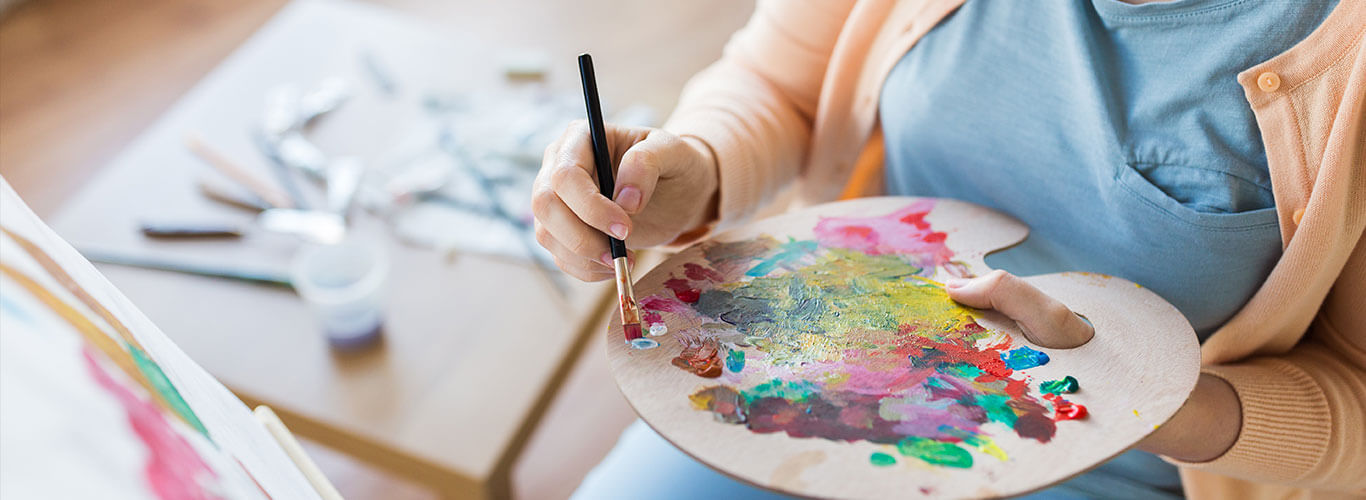


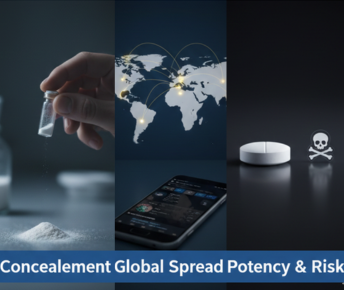
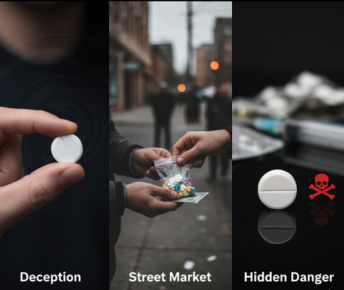

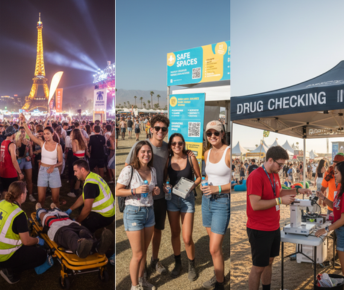

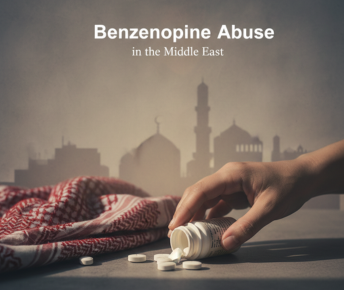
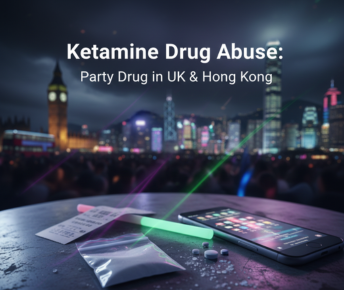
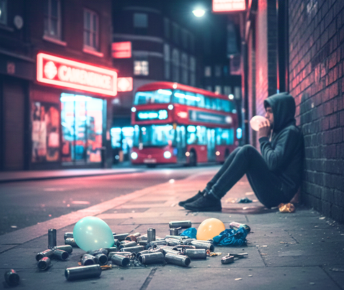










 Yes, many offer serene environments and solid therapeutic frameworks. However, quality varies, so it’s essential to research accreditation, staff credentials, and therapeutic depth.
Yes, many offer serene environments and solid therapeutic frameworks. However, quality varies, so it’s essential to research accreditation, staff credentials, and therapeutic depth.




